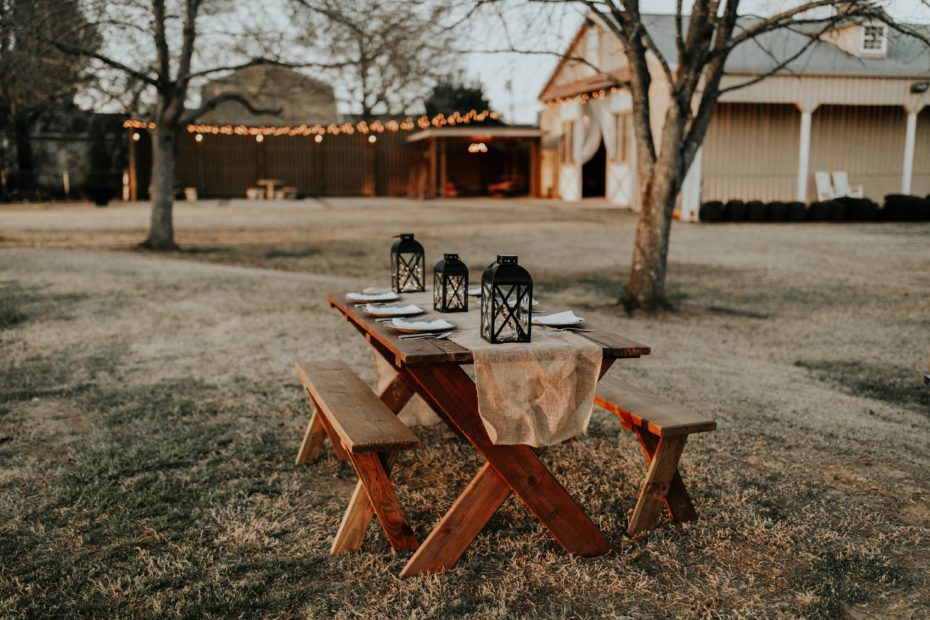“I think the very first question is how do we keep each other safe,” explained Dr. Sally Kraft, Vice President of Population Health at Dartmouth-Hitchcock Health, when asked what advice she would give those planning Thanksgiving this year. “But we also have to address the fact that this is a very hard time. We’ve all gone through a hard eight months, and we have more hard months ahead of us. So how do we take care of our hearts and our souls and our spirits, while also keeping each other and ourselves safe?”
That question is first and foremost for many this year, as the Thanksgiving holiday presents both much needed benefits and unique challenges. For some expert perspective, UV Strong spoke with three local doctors, Dr. Kraft, Dr. Rudy Fedrizzi, the district director of public health services for the White River Junction district, and Dr. Jose Mercado, the associate hospital epidemiologist for Dartmouth-Hitchcock Medical Center. Each stressed that there are steps which can be taken to keep celebrations as safe as possible, and that while the holiday will not look the same this fall as in years previous, it can be just as meaningful.
Virtual or In Person:
The first question for many is whether to gather in person with friends or family or to stay home and celebrate virtually. The virtual route is the safest, and may be the best option for many, especially for those who are most vulnerable to COVID-19. If you choose to celebrate virtually, put some thought into planning a holiday that feels exciting. “It’s true, it might look and feel a little bit different this year. But it doesn’t have to be less meaningful,” explained Dr. Mercado. “This might be a great opportunity to be creative, be innovative, maybe form new traditions.”
For those who choose to gather in person, it is important to acknowledge that some risk is unavoidable. That risk can be kept as low as possible, though, by making sure you have answers to certain key questions. (Note: it is important to make sure that any gathering is in accordance with local rules and regulations, including those published by the CDC, as well as Vermont and New Hampshire).
Who’s coming?
Think about how many people are coming, and from where. In general, small gatherings are safer than larger ones, especially if you limit the number of households represented. In other words, having four guests is safer if it’s a family of four than if they are four friends that all live separately.
It’s also important to consider how much exposure your guests have in their normal lives. If they live far away or in areas with high infection rates, see if they can quarantine in the two weeks leading up to the celebration.
How are they getting there?
The safest means of transportation (besides staying home and commuting virtually) is to travel by private vehicle with few or no stops. If public transportation is unavoidable, make sure to wear a mask and wash hands frequently. If you choose to fly, remember that the highest risk of transmission is probably not the flight itself, but the time spent in the airport and taxi before and after. Don’t let your guard down once the wheels touch ground!
What will the actual event look like?
Finally, ask yourself what the actual celebration will look like, and be specific. Try to identify places and moments when guests will be in close indoor proximity. If space and weather permit, consider moving parts of the celebration outside. You can also practice ‘cohorting,’ or seating members of the same household group close together, and leaving space between any two members of different households.
If you’re a host, ask guests to bring their dishes already cooked, and limit how many people are allowed in the kitchen. Make sure your guests know they aren’t being polite by trying to help cook, wash dishes, or bring things in and out of the kitchen. This year, they can do their part by just sitting back and enjoying the food!
The Conversation
Perhaps the single most important preventative measure you can take is making sure that there is open communication between everyone involved.
“Right when you’re deciding, are we going to have duck or turkey or cranberry, or are we going to put orange peel in the cranberry sauce, I think even more critical is to put this discussion on the table right up front and take the emotional guessing out of it,” explained Dr. Kraft.
Having an open discussion about what practices you will follow ensures that everyone can express their concerns and no one is confused on the actual day. It can also allow guests to check up on each other as the event progresses.
“One of the observations has been that when we’re celebrating, when we’re with family and friends, it does make us a little bit more complacent with preventive measures,” Dr. Mercado explained. “So take those opportunities to remind each other to stay safe.”Last but not least, keep plans flexible. Make sure your guests know that your feelings will not be hurt if they cannot make it. If they are feeling sick, they should prioritize you by not coming and staying home.
Framing
Finally, Dr. Fedrizzi suggested placing the preventative measures you take in the context of the holiday and its values.
“The holiday is one of gratitude and giving thanks,” he said. “I wonder if we can’t frame it as such; it’s a gift that we’re together. And the gift you’re giving is doing all you can to keep each other safe.”
